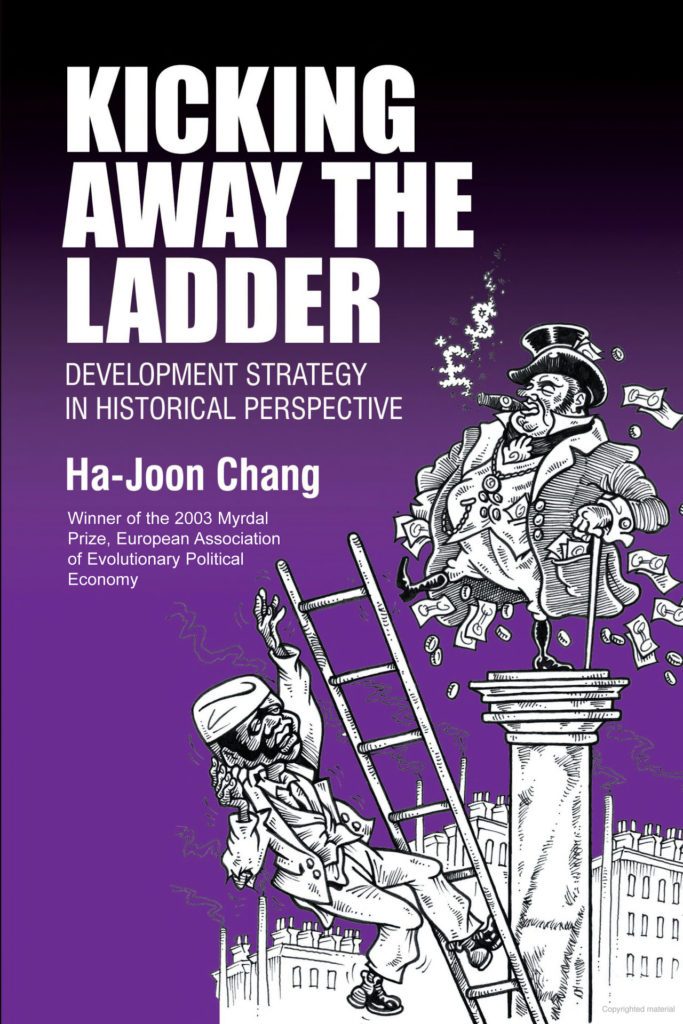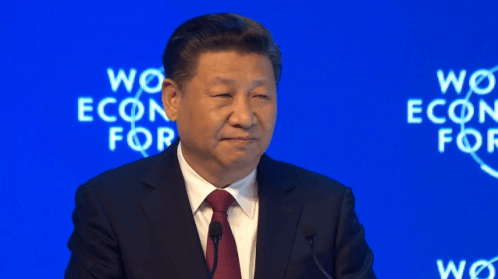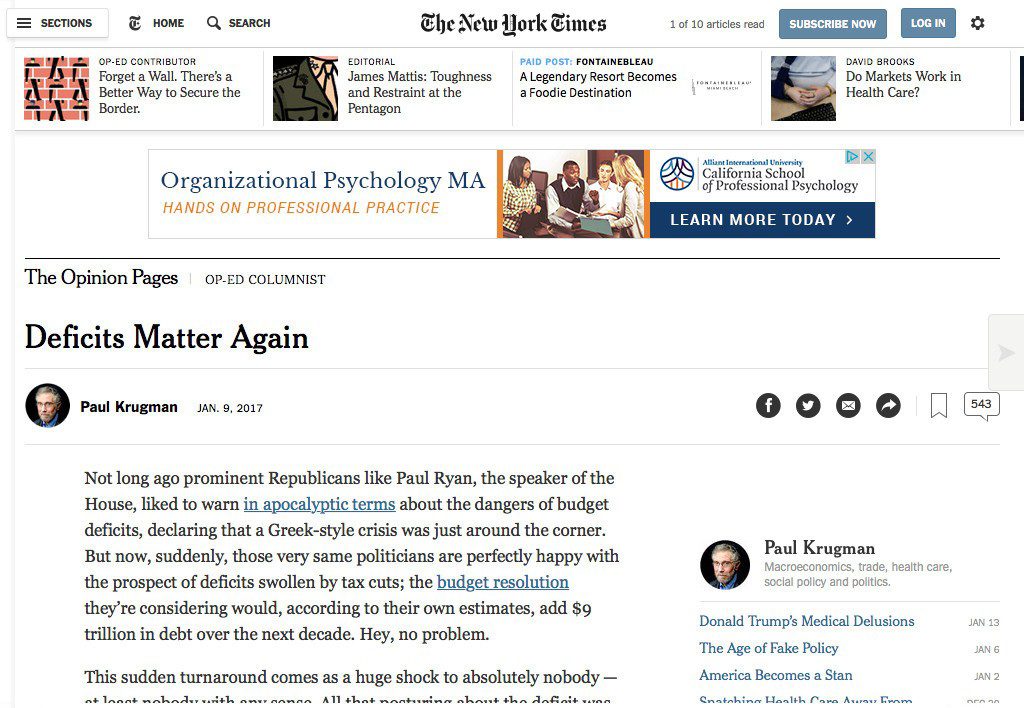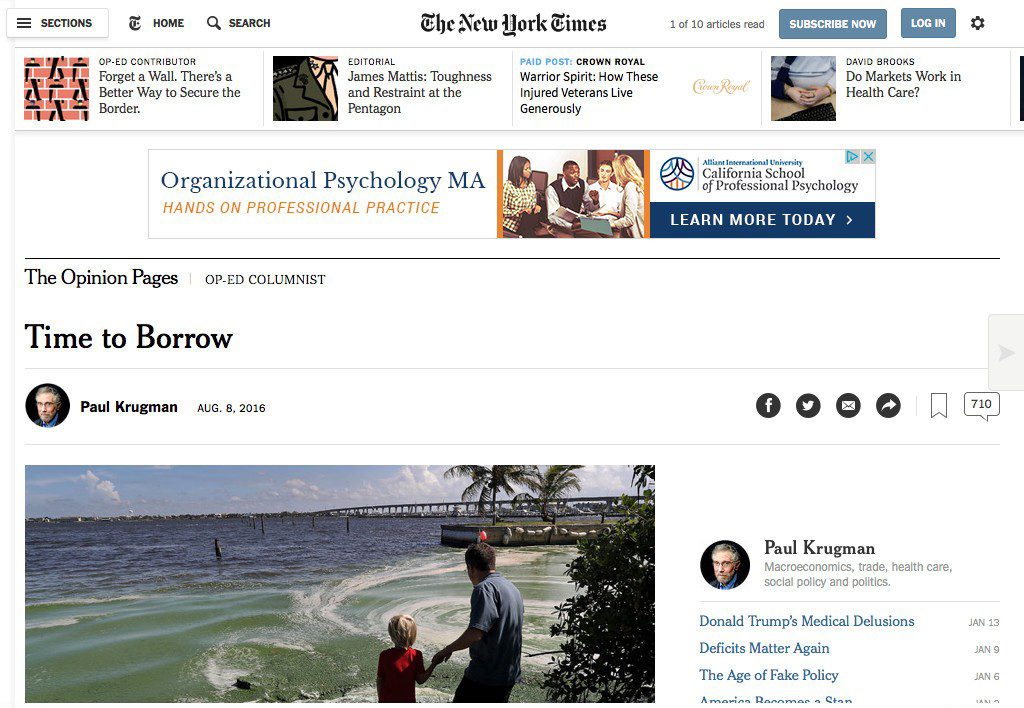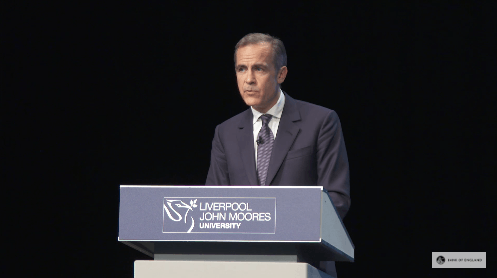In his farewell address, Barack Obama toed the New Consensus’ line (around 12:50 in the video in the link):
… But, for all the real progress that we’ve made, we know it’s not enough. Our economy doesn’t work as well or grow as fast when a few prosper at the expense of a growing middle class, and ladders for folks who want to get into the middle class.
That’s the economic argument. But stark inequality is also corrosive to our democratic idea. While the top 1 percent has amassed a bigger share of wealth and income, too many of our families in inner cities and in rural counties have been left behind.
The laid off factory worker, the waitress or health care worker who’s just barely getting by and struggling to pay the bills. Convinced that the game is fixed against them. That their government only serves the interest of the powerful. That’s a recipe for more cynicism and polarization in our politics.
Now there’re no quick fixes to this long-term trend. I agree, our trade should be fair and not just free. But the next wave of economic dislocations won’t come from overseas. It will come from the relentless pace of automation that makes a lot of good middle class jobs obsolete.
In other words, Obama says that international trade and globalizing production aren’t responsible for weak employment and labour markets, but it’s automation.
Dean Baker has been writing a series of good articles puncturing these arguments. In his latest, titled Badly Confused Economics: The Debate on Automation, he writes that productivity hasn’t been rising much and that if tightness of the labour market is cited as one of the reasons for hikes in interest rates by the Federal Reserve, that’s contradictory. Baker says:
… The other reason why the concern over automation seems misplaced is that it is directly at odds with how we talk about other areas of economy policy. To take an example that has recently been in the news, the Federal Reserve Board raised interest rates in the United States last month. It is widely expected to raise interest rates several more times in 2017.
The reason for raising interest rates is that the Fed is concerned that the economy is creating too many jobs. This will increase workers’ bargaining power, putting upward pressure on wages. A more rapid rate of wage increases will lead to more rapid inflation. To prevent this outcome, the Fed wants the economy to have fewer jobs.
But how can it make sense that, at a time when we are worried that automation is destroying a massive number of jobs, we also need the Federal Reserve Board to add to the job destruction by raising interest rates? If automation is leading to mass job destruction the Fed should not have to be worried about overly tight labor markets.
